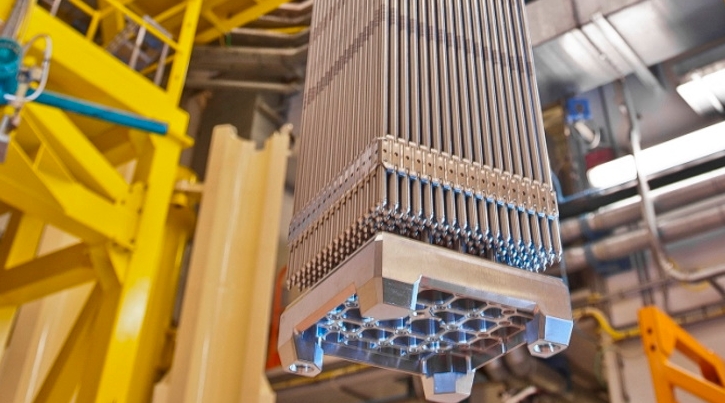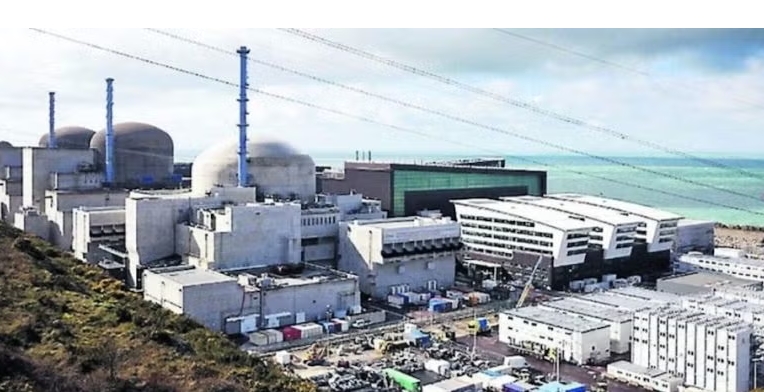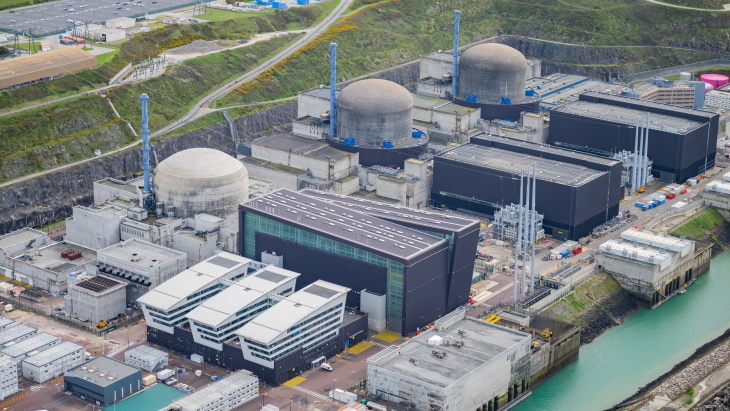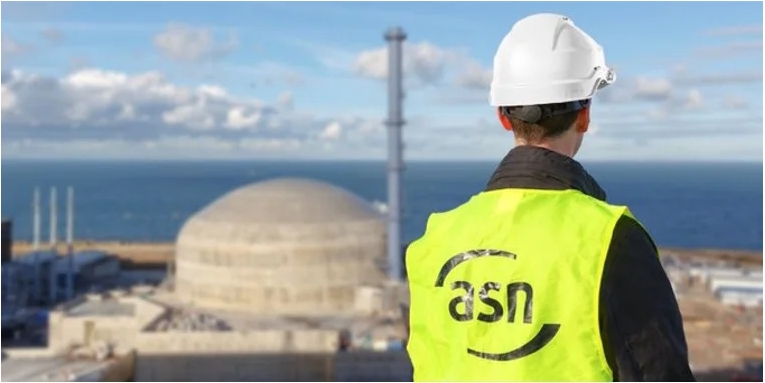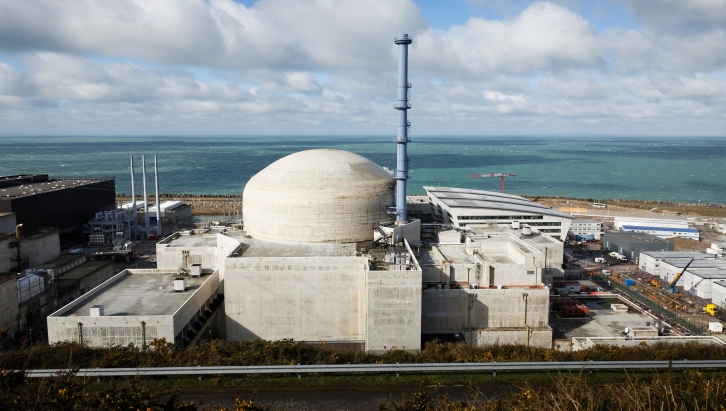France’s Autorité de Sûreté Nucléaire (ASN - Nuclear Safety Authority) on 5 August posted online the report of an International Atomic Energy Agency (IAEA) pre-OSART (pre-operational safety review team) mission which took place in mid 2019 at the Flamanville NPP and which concerned the EPR reactor under construction at unit 3.
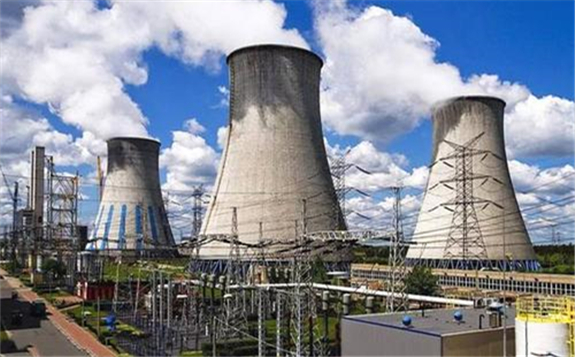
The conclusions of the mission were generally positive and recognised the involvement of site management in improving safety and operational reliability, ASN said. The experts identified eight good practices, and made six recommendations and 15 suggestions.
ASN said the recommendations and suggestions are the subject of a dedicated action plan, the results of which will be assessed during a monitoring mission scheduled for March 2021. The next OSART mission in France is scheduled for November 2020 at the Paluel nuclear power plant.
The Pre-OSART mission to Framanville reviewed 11 areas: leadership and management for safety; training and qualification; operations; maintenance; technical support; operating experience feedback; radiation protection; chemistry; emergency preparedness and response; accident management; human, technology and organisation interactions; and commissioning. The mission comprised experts from Canada, Finland, Germany, Russia, Spain, Sweden, USA, and IAEA staff members as well as observers from Russia and South Korea.
The team identified 21 issues, resulting in six recommendations, and 15 suggestions as well as eight good practices.
Several areas of good performance were noted including:
A liaison officer dedicated to operating experience in China’s Taishan NPP for in-depth operating experience sharing;
Use of ‘post-Fukushima Box’ for fuel handling in adverse conditions;
Effective implementation of a holistic Human Factors approach throughout the life cycle of the plant.
The most significant issues identified were:
The plant should fully implement its Foreign Material Exclusion programme throughout all departments and areas to attain a high standard level of implementation;
The plant should consider implementing procedures and practices to ensure that the potential impact of unsecured items on safety related equipment in seismically qualified areas is minimised;
The plant should improve the arrangements and practices targeting the integrity of fire barriers and prompt fire suppression to ensure that fire risk is always minimised.
IAEA said that throughout the review the exchange of information between the OSART experts and plant personnel was very open, professional and productive. “Emphasis was placed on assessing the effectiveness of operational safety rather than simply the content of programmes. The conclusions of the OSART team were based on the plant's performance compared with the IAEA Safety Standards.”
The OSART team concluded that the managers of Flamanville Unit 3 NPP are committed to improving the operational safety and reliability of their plant. “Flamanville Unit 3 NPP management expressed a determination to address the areas identified for improvement and indicated a willingness to accept a follow up visit in about eighteen months.”
